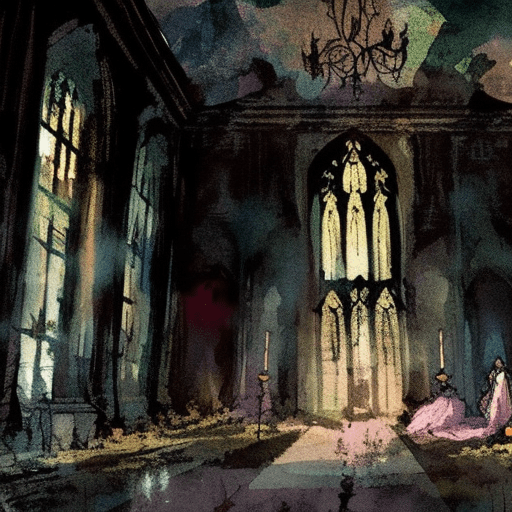One-line summary:
Northanger Abbey is a witty and satirical novel by Jane Austen that follows the adventures of Catherine Morland as she navigates the pitfalls of love, friendship, and social expectations in 19th century England.
The Adventures of Catherine Morland
Northanger Abbey revolves around the life of Catherine Morland, a young and imaginative girl from a modest family. Catherine is invited to spend a few weeks in Bath with her wealthy neighbors, the Allens. Excited about the prospect of new experiences and meeting new people, Catherine eagerly accepts the invitation.
In Bath, Catherine quickly befriends Isabella Thorpe, a charming and manipulative young woman who introduces her to her brother, John Thorpe. Although Catherine finds John to be arrogant and ill-mannered, she is flattered by his attention and agrees to accompany him to various social events.
During her time in Bath, Catherine also meets the Tilneys, a family of siblings consisting of Henry, Eleanor, and their father General Tilney. Catherine is particularly drawn to Henry’s wit and charm, and they form a close friendship. However, Catherine’s growing affection for Henry is hindered by the manipulative Isabella, who tries to divert Catherine’s attention towards her brother.
The Mysterious Abbey
As Catherine’s friendship with the Tilneys deepens, she receives an invitation from General Tilney to visit his family’s estate, Northanger Abbey. Catherine’s vivid imagination, fueled by her love for gothic novels, leads her to believe that the abbey is filled with dark secrets and mysteries waiting to be unraveled.
Upon arriving at Northanger Abbey, Catherine’s imagination runs wild as she explores the old house, expecting to uncover hidden passages and secret treasures. However, she soon realizes that her gothic fantasies were nothing more than figments of her imagination. The abbey turns out to be a regular country house, devoid of any dark secrets.
Love, Friendship, and Social Expectations
Throughout the novel, Austen explores the themes of love, friendship, and social expectations. Catherine’s naivety and innocence make her susceptible to the manipulations of others, particularly Isabella Thorpe. Isabella’s false friendship and deceitful nature serve as a cautionary tale for Catherine, teaching her the importance of discerning true friends from false ones.
Catherine’s romantic journey also highlights the societal pressures and expectations placed upon young women in Austen’s time. Her infatuation with Henry Tilney and her desire to be accepted by his family reflect the challenges faced by women seeking love and acceptance in a society governed by strict social norms.
In the end, Catherine learns valuable lessons about love, friendship, and the dangers of allowing one’s imagination to run wild. She grows into a more discerning and independent young woman, capable of making her own decisions and navigating the complexities of social interactions.
Key Takeaways:
- Imagination can be both a source of joy and a hindrance if not tempered with reality.
- True friendship is based on trust, honesty, and genuine care for one another.
- Social expectations and societal norms can greatly influence one’s choices and relationships.
“A woman, especially if she has the misfortune of knowing anything, should conceal it as well as she can.” – Jane Austen, Northanger Abbey
In Northanger Abbey, Jane Austen masterfully combines wit, humor, and social commentary to create a delightful coming-of-age story. Through the adventures of Catherine Morland, Austen explores the themes of love, friendship, and the dangers of unchecked imagination. The novel serves as a reminder that true friendships are built on trust and honesty, and that societal expectations can often cloud one’s judgment. Ultimately, Northanger Abbey is a timeless tale that continues to captivate readers with its wit and charm.












